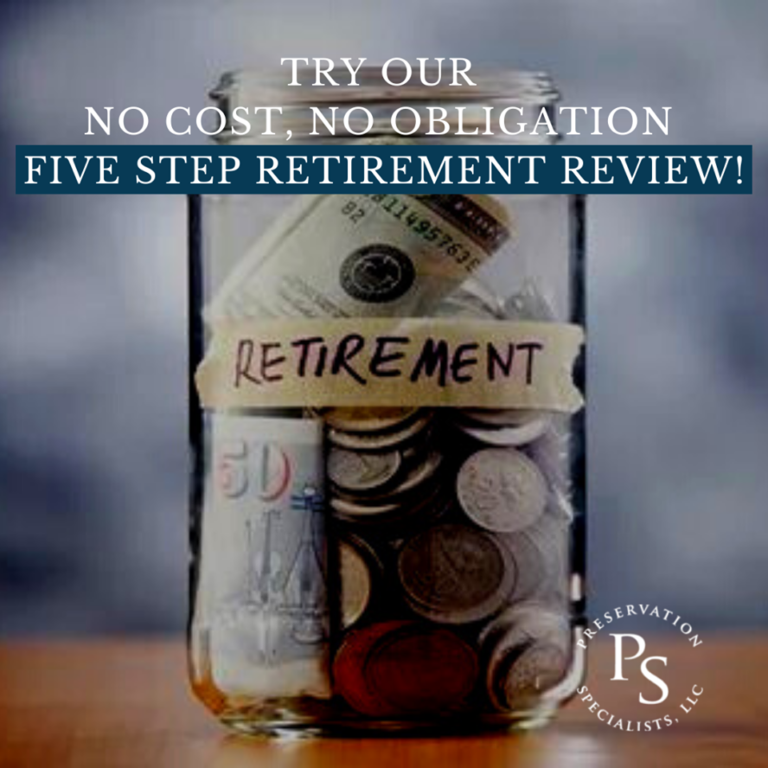RMDs in 2022

In 2020, the Setting Every Community Up for Security Enhancement (SECURE) Act increased the age for required minimum distributions (RMDs) from 70½ to 72. The purpose of RMDs is to spread out the tax burden associated with the years of tax-deferred earnings investors accrued in qualified retirement plans.
If you expect RMDs to be an unnecessary burden income during retirement, you might consider paying the taxes while you’re still earning income to reduce those taxes in retirement (particularly if you expect your tax rate to be higher in retirement). Another option is to convert some of your traditional IRA assets to a Roth IRA, which isn’t subject to RMDs when withdrawn in retirement (as long you’ve held the account for at least five years).
If you do end up having to pay taxes on RMD income that you don’t immediately need in retirement, you may consider reinvesting those assets in a taxable account, naming your beneficiaries as heirs. Or, you can gift up to $100,000 a year to a qualified charity. Since qualified charitable distributions (QCDs) generally are not subject to ordinary federal income taxes, you can make charitable contributions without increasing your taxable income.
RMD rules are complex, and vary based on your birth date, the type of plan involved and changing rules based on legislation. Additionally, it’s important to develop a distribution plan that coincides with your timeline for drawing from all of your retirement income sources, including pensions and Social Security. Please feel free to contact us to help develop your income distribution plan based on your personal circumstances. The earlier you do this the better — preferably several years before your planned retirement date.
RMDs generally apply to:
- SEP IRAs
- SIMPLE IRAs
- 401(k) plans
- 403(b) plans
- 457(b) plans
- Profit sharing plans
- Other defined contribution plans
However, note that the date you must start taking RMDs differs by plan. According to the IRS, if you were born after June 30, 1949, the start date for IRAs (including SEPs and SIMPLE IRAs) is April 1 of the year following the calendar year in which you reach age 70½. For 401(k), profit-sharing, 403(b) or other defined contribution plan, the start date is April 1 following the calendar year in which you turn age 72 (age 70½ if born before July 1, 1949) or retire (if your plan allows this).
RMDs for inherited IRAs work a bit differently now. A non-spouse beneficiary who inherits an IRA from someone who passed away in 2020 or later is not required to make annual RMDs but must withdraw the entire account balance within 10 years. Spousal beneficiaries and certain eligible non-spouse beneficiaries may be permitted to take RMDs throughout their life expectancy.
Finally, be aware that new life expectancy calculations will be published at some point in the future. They are expected to include a larger life expectancy factor per age, which will produce lower RMD amounts.
Learn more about your current financial status and how you can achieve your retirement goals with our ‘No Obligation, No Cost’ Five Step Retirement Review.
Our financial planners have wide knowledge in South Carolina Retirement System as well as experience in retirement planning. sc tax rebate, etc. Contact us today!

Ready to Take The Next Step?
For more information about any of the products and services listed here, schedule a meeting today or register to attend a seminar.